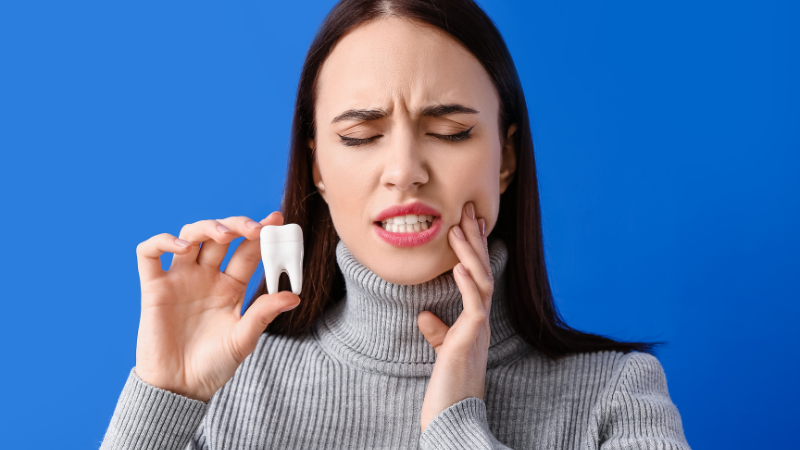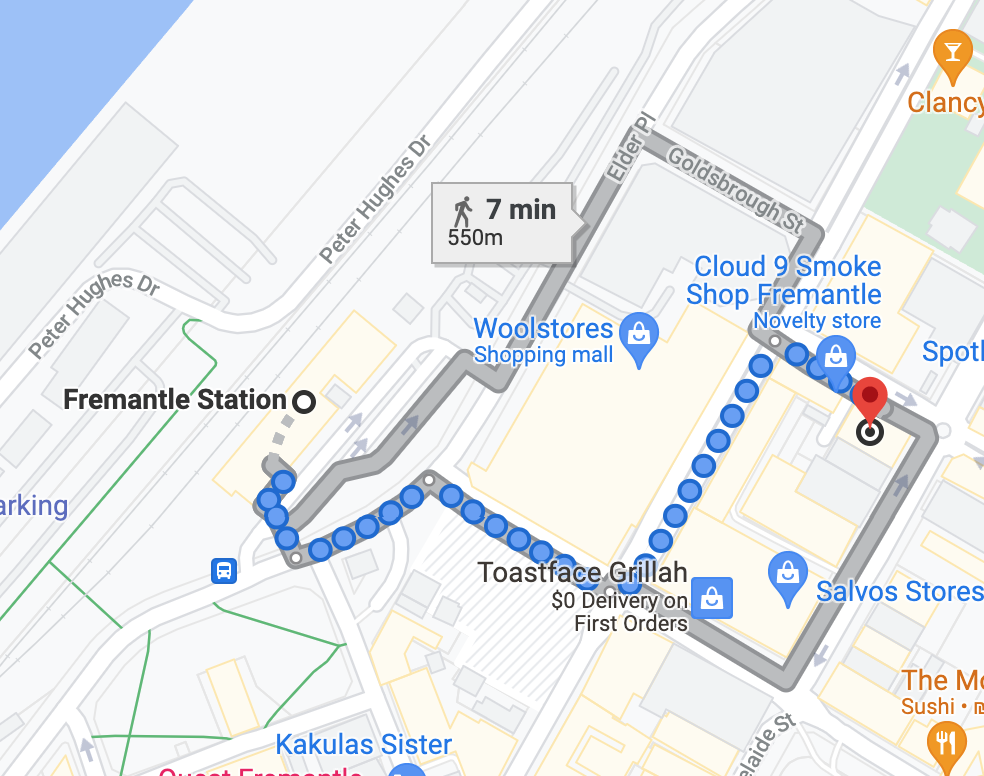Understanding Dental Emergencies
Dental emergencies require quick thinking and prompt action. They range from knocked-out teeth and severe toothaches to cracked teeth and lost restorations. Identifying what constitutes a dental emergency can help you decide whether to seek immediate dental care or handle the situation temporarily at home.
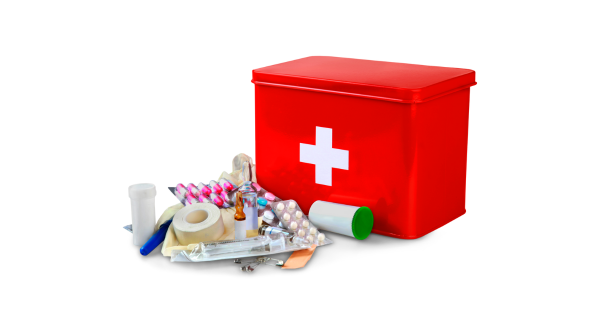
General Guidelines for Handling Dental Emergencies
When a dental emergency occurs, it’s crucial to stay calm and act quickly. The first step is to call your dentist and describe what has happened – they will provide specific advice tailored to your situation. Meanwhile, clean the affected area gently with warm water and apply a cold compress to reduce swelling.
Specific Instructions for Common Dental Emergencies
1. Knocked-Out Tooth

If you have a knocked-out tooth, time is of the essence. Pick up the tooth by the crown, not the root, rinse it gently under water if it’s dirty, and try to reinsert it into the socket. If this isn’t possible, keep the tooth moist by placing it in a glass of milk or a saline solution. Head to a dentist immediately to increase the chances of saving the tooth.
2. Severe Toothache

For immediate toothache relief, rinse your mouth with warm water to clean it out and gently use dental floss to remove any food caught between your teeth. Avoid applying aspirin directly to the gums or tooth as this can burn the gum tissue. If the pain persists, contact your dentist as it could indicate a serious issue.
3. Cracked or Broken Teeth

If your tooth is cracked or broken, rinse your mouth with warm water to clean the area and apply a cold compress to your face to keep the swelling down. Collect any broken tooth fragments and bring them with you to the dentist. Avoid chewing on that side of your mouth and seek dental attention immediately.
4. Lost Filling or Crown
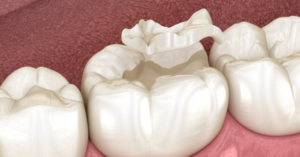
If a filling or crown falls out, put it in a safe place and avoid chewing food on that part of your mouth. Temporary tooth replacement over the counter in Australia might be available to protect the tooth until you can visit a dentist. However it’s important to see a professional as soon as possible to properly restore the tooth and avoid further damage.
5. Abscess or Severe Infection

An abscess or infection can be life-threatening if not treated quickly. If you notice a painful, pimple-like swelling in your mouth, rinse with mild salt water several times a day to alleviate pain and draw the pus toward the surface. See your dentist as soon as possible to get the necessary tooth abscess treatment.
6. Objects Caught Between Teeth
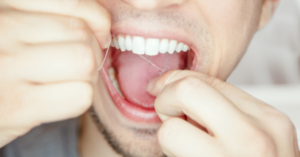
If an object gets stuck between your teeth, try to gently remove it with dental floss. Be careful not to cut your gums. Do not use sharp instruments like pins, as they can cause more damage. If you can’t remove the object, visit a dentist. For example, at On Point Dental we also ensure to keep slots available daily for emergency cases.
Preventative Measures to Avoid Dental Emergencies
Prevention is always better than cure. Maintain regular dental check-ups, and practise good oral hygiene, including proper brushing and flossing. For those playing sports, wear a mouthguard to protect your teeth from trauma. These simple practices can help you reduce the risk of dental emergencies.
When You Definitely Need to See a Dentist
If you experience severe pain, bleeding, or have a loose or missing tooth, it’s important to see a dentist immediately. Even if the pain is not severe, sudden changes in the condition of your mouth should be evaluated by a professional to prevent long-term damage or complications.
Handling dental emergencies effectively requires quick thinking and prompt action. By following the steps outlined in this guide, you can provide essential care during critical moments.
Always remember, after administering first aid, seeing a dentist as soon as possible is crucial to the health and preservation of your teeth.
Don’t wait for a dental emergency to find a trusted dentist. Contact our team at On Point Dental today to schedule a check-up and discuss how to handle potential dental emergencies.
